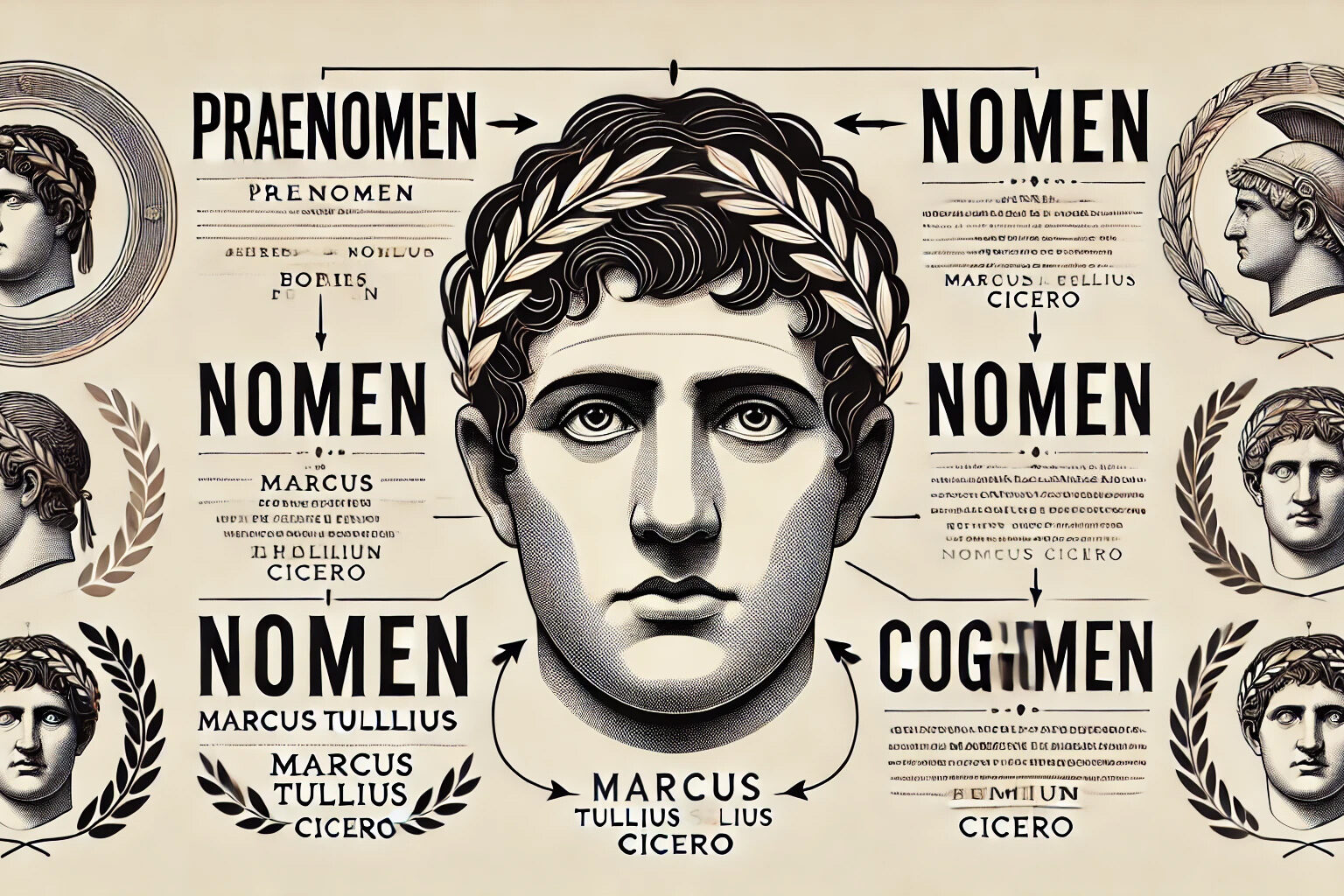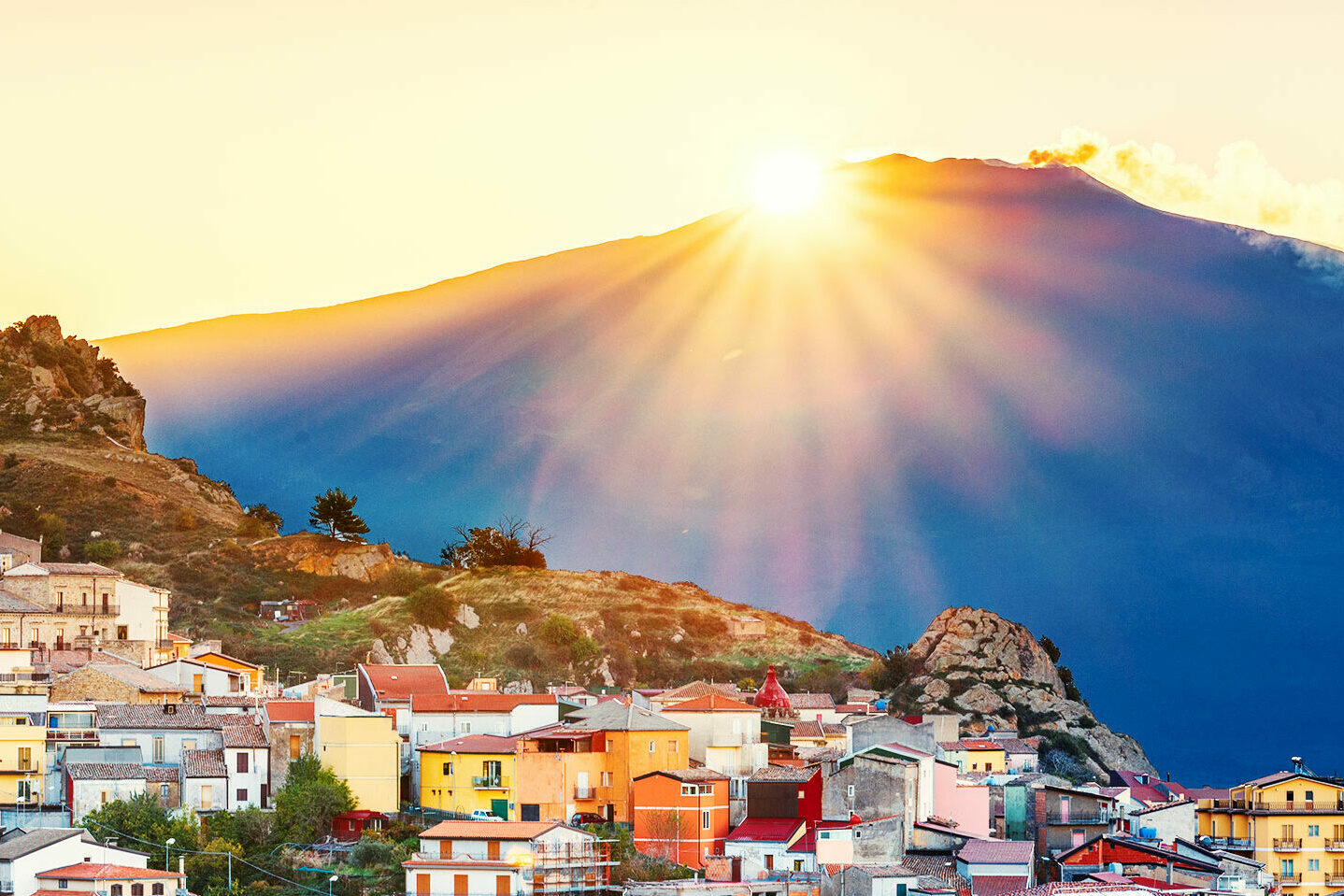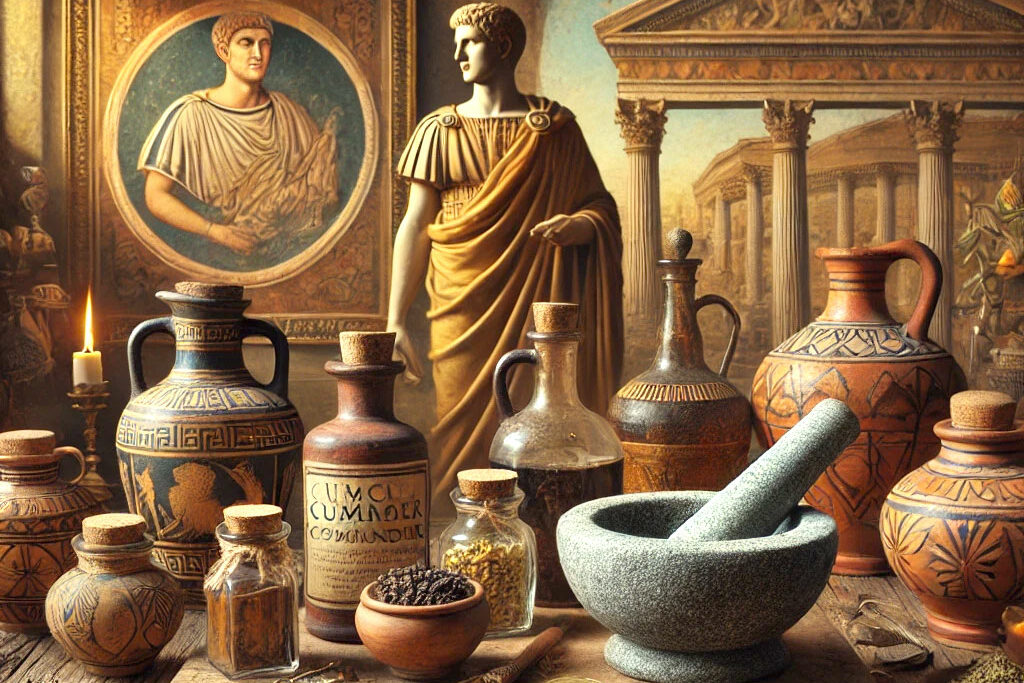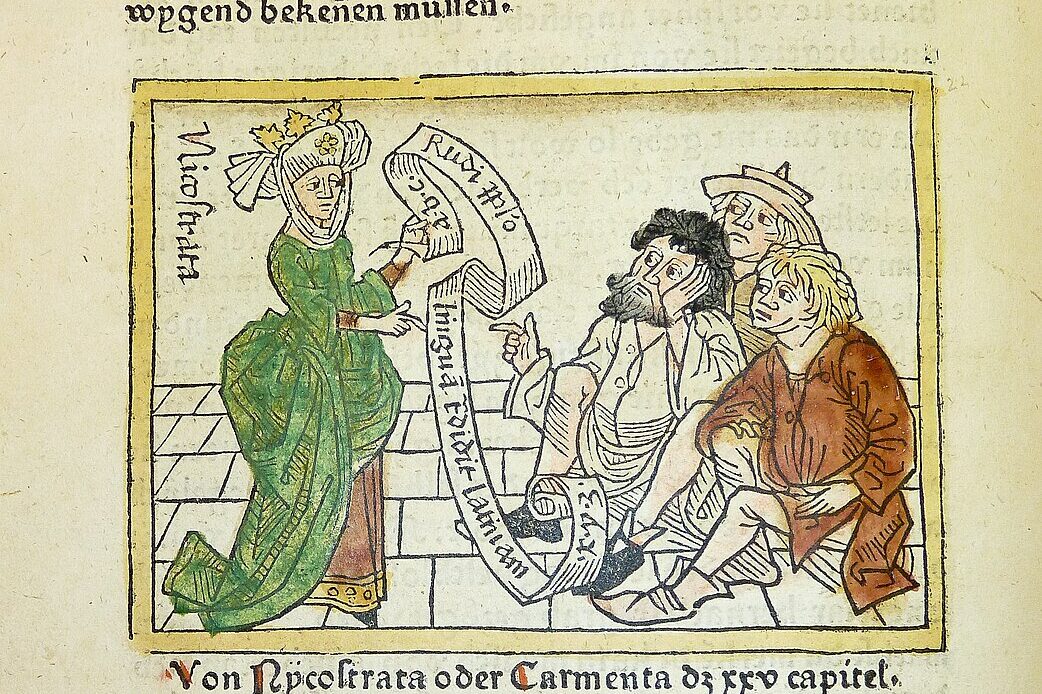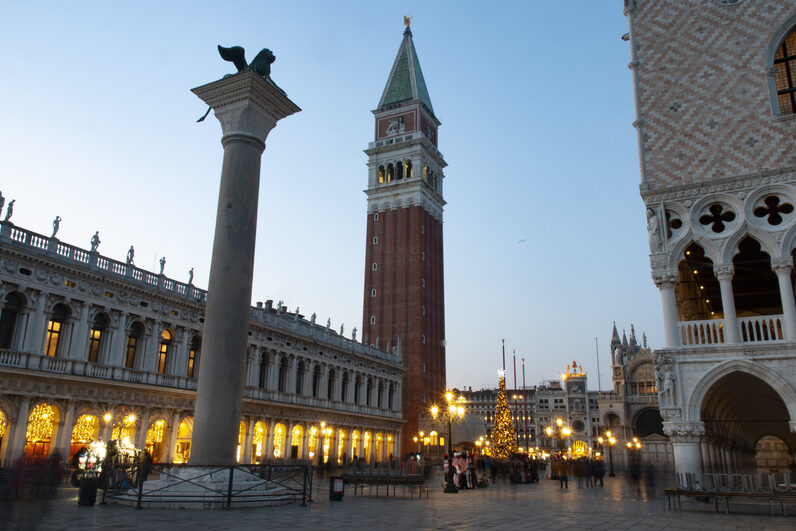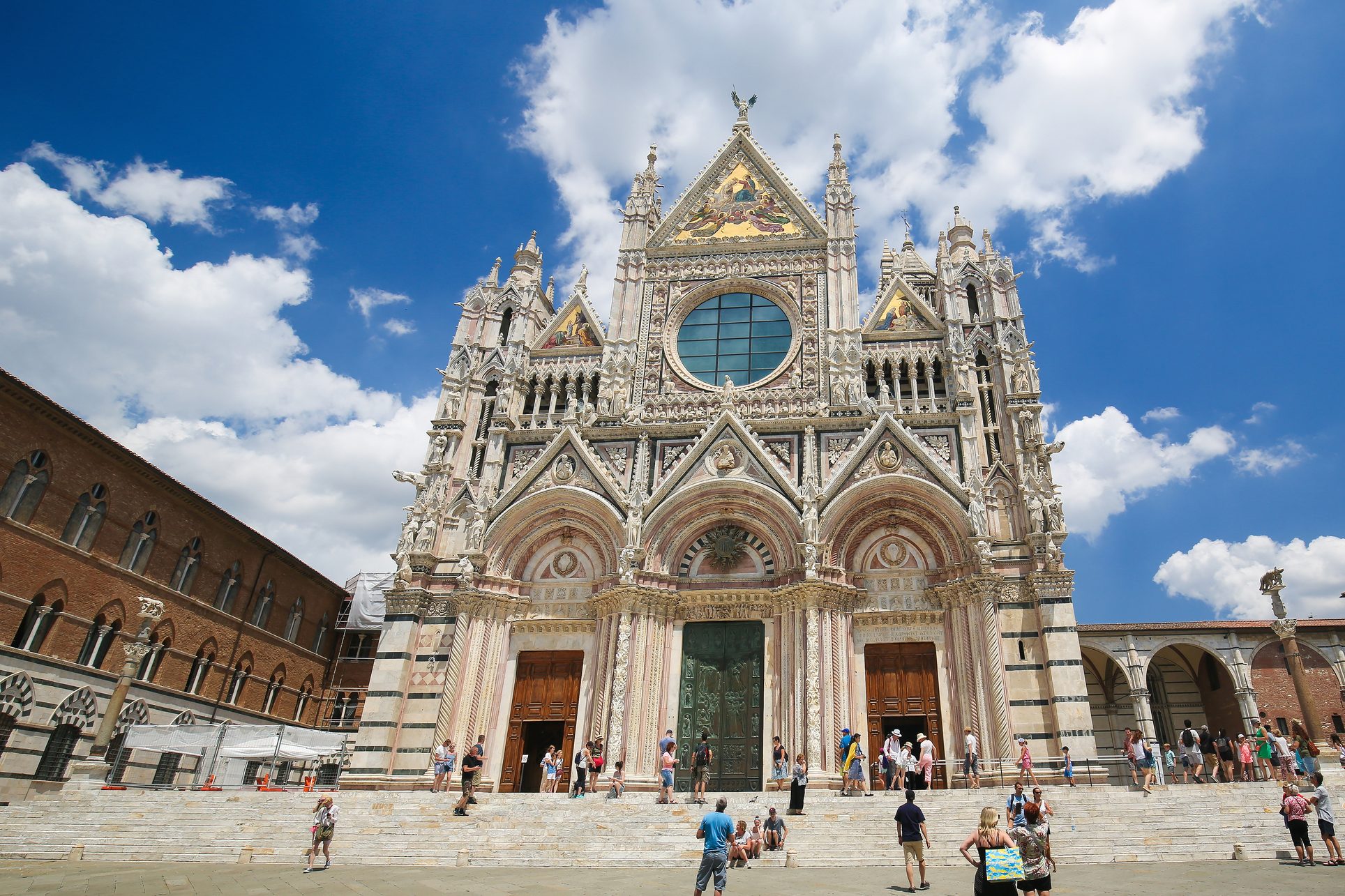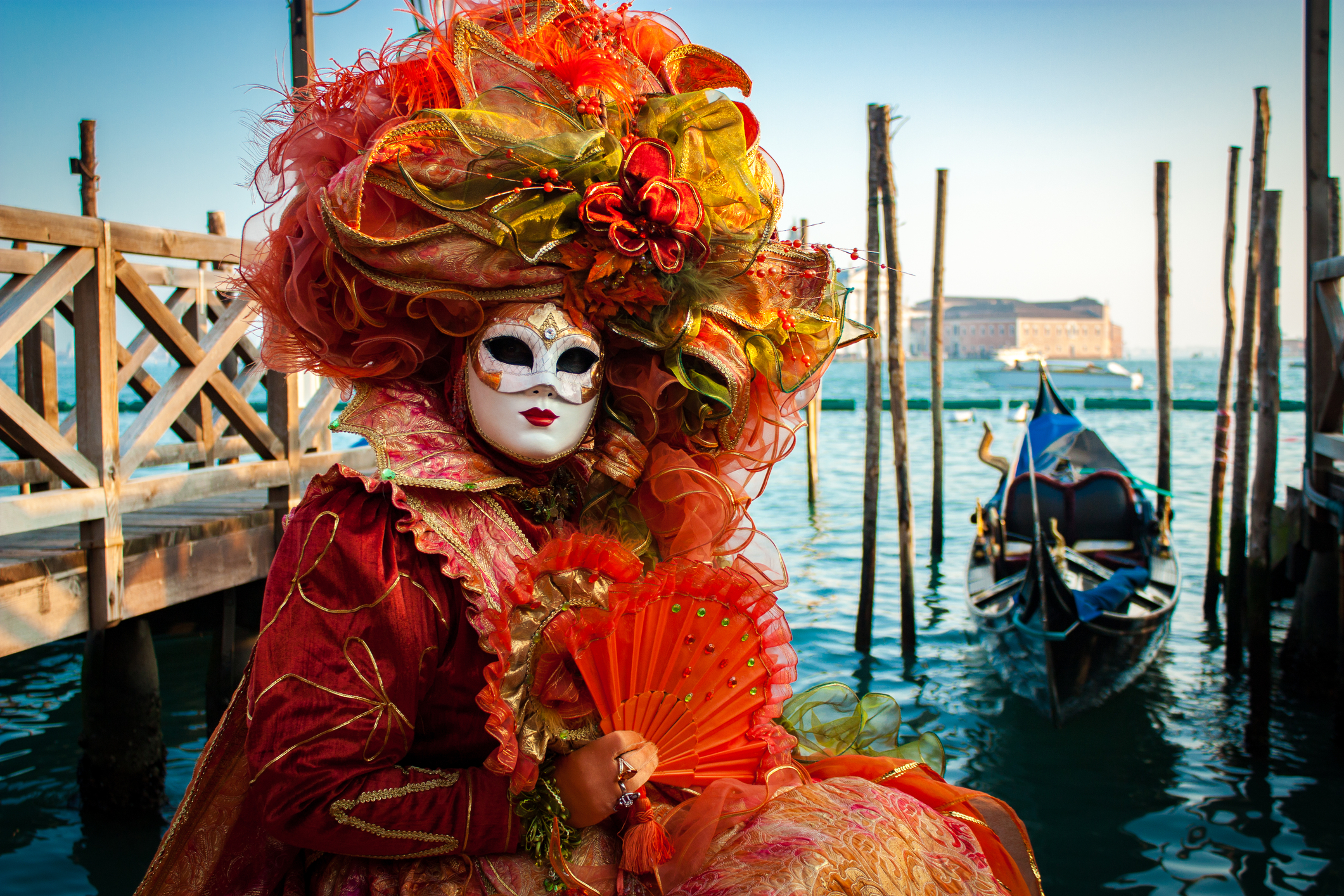Heritage
At its zenith during the 2nd century AD, the Roman Empire was a vast and diverse entity, encompassing territories across Europe, North Africa, and the Middle East; estimates suggest that its population ranged from approximately 59 to 76 million people, …
The color red is a defining feature of Christmas everywhere in the world, Italy included. Its ubiquity in decorations, traditions, and seasonal celebrations reflects centuries of cultural and religious evolution, making it a deeply significant part of the Italian holiday …
In the early nineteenth century, when the great French writer Stendhal visited Florence, he claimed that he was so overwhelmed by the town’s vast accumulation of culture that he fainted. This condition has become famously known as the Stendhal Syndrome, …
In an era dominated by GPS and digital navigation, it’s difficult to imagine a world where long-distance travel was possible without modern maps. Yet, the Romans, masters of engineering and logistics, managed to build and maintain a sprawling empire spanning …
Who knows what the weather was like at 8:45 p.m. on that Friday, March 12, 1909, in Palermo? A few people stood at the tram terminus in Piazza Marina when the sudden crack of four gunshots shattered the evening calm. …
Etna, Idda (She), Mungibeddu (Mongibello), ‘a Muntagna — these are some of the names used for Europe’s largest, widest, and tallest volcano, located in the plain of Catania. It is often referred to in the feminine form, as if it …
Long before the advent of quartz crystals, digital displays, or GPS-enabled smartphones, ancient Romans were already walking around with personal time-telling devices in their hands. We are not talking about watches in the modern sense, of course, yet they fulfilled …
Rome never stops surprising us, and just when you may think there is nothing more to be discovered … well, something is discovered! The Horrea Piperataria, once a center for the storage and trade of exotic spices, have recently emerged from centuries of …
The Catholic Church is preparing for a historic transition following the death of Pope Francis on April 21, 2025, at the age of 88. His passing has set in motion the historical process of electing a new pope, with the …
When we think of ancient Roman festivals, the Saturnalia often comes to mind: this exuberant December celebration, marked by feasting, role reversals, and a temporary relaxation of social norms, is among the most famous. However, the Roman calendar was rich …


